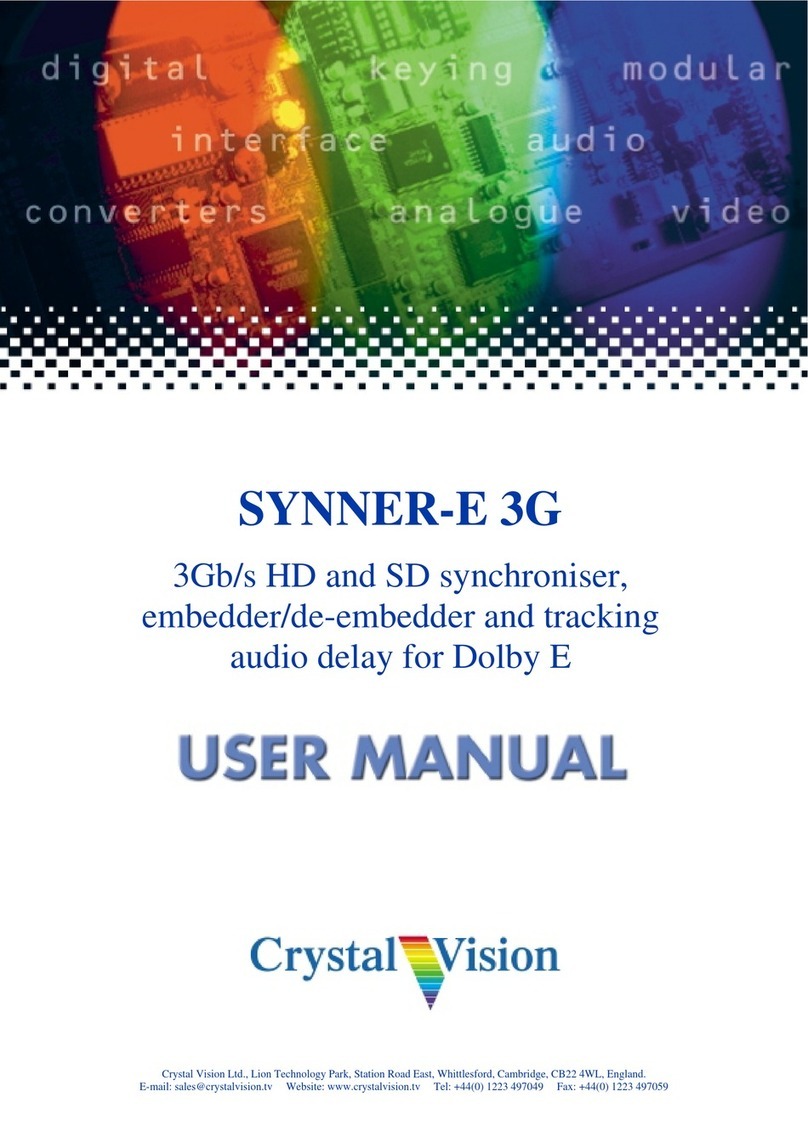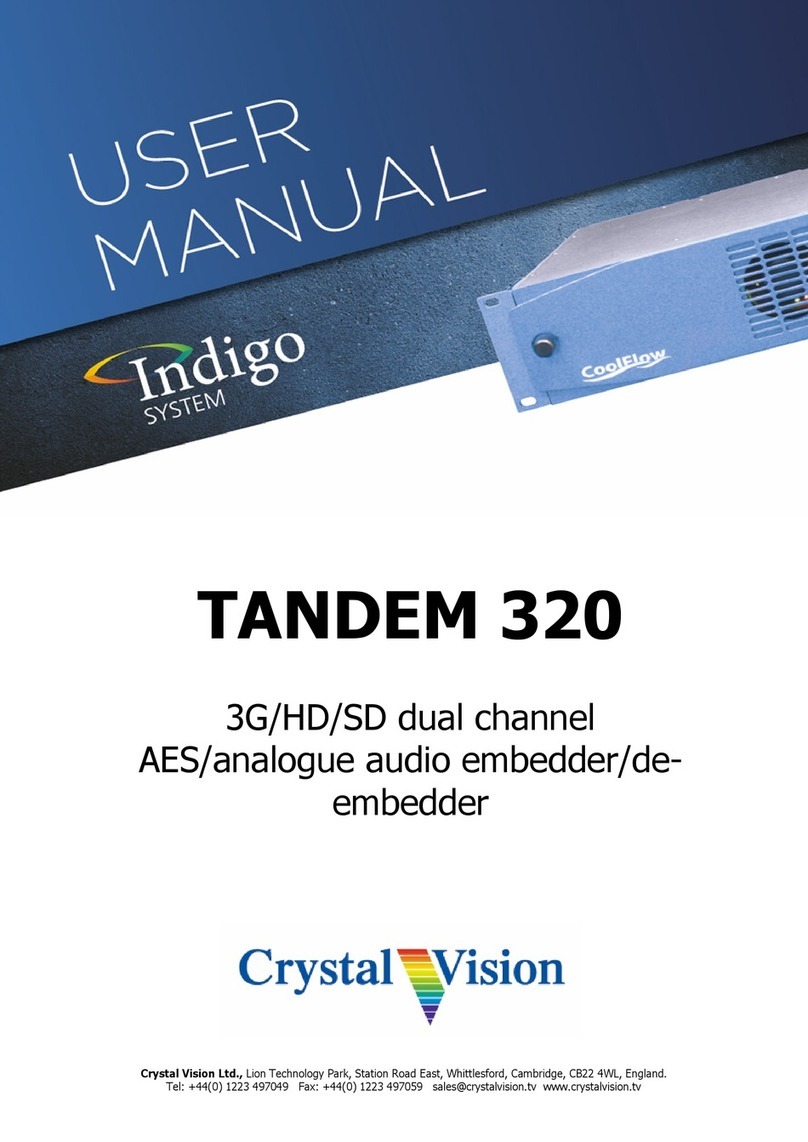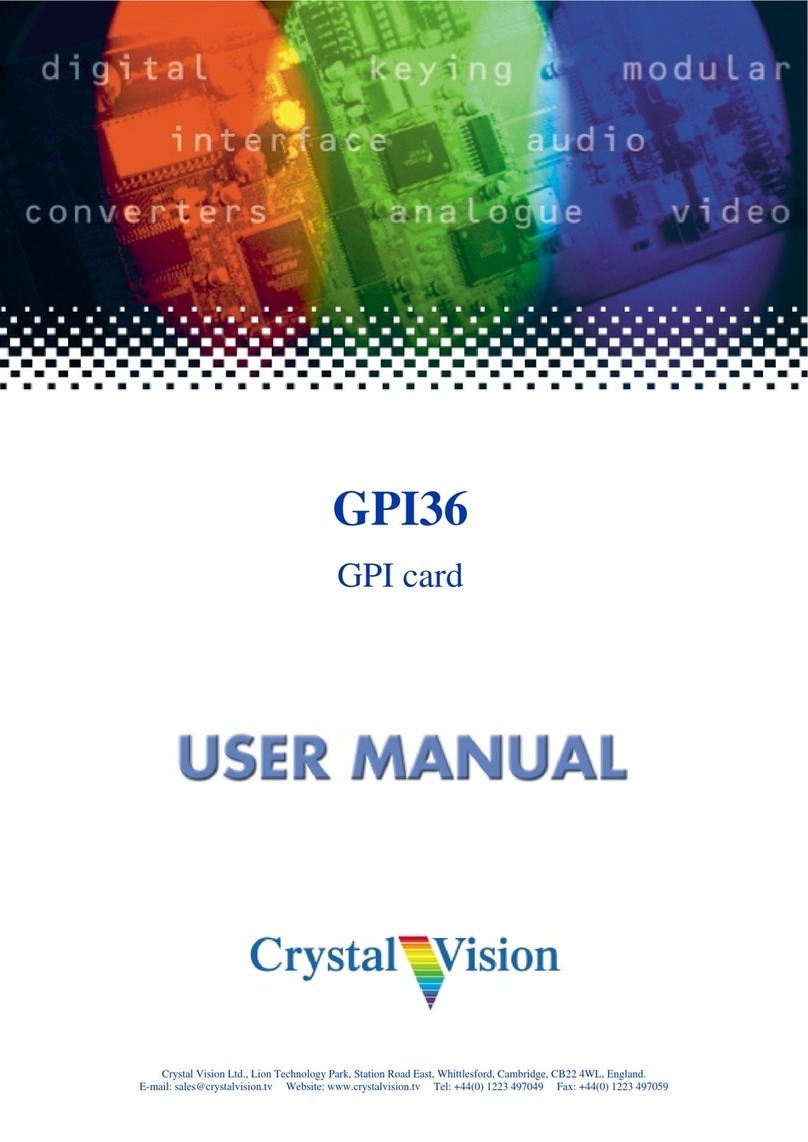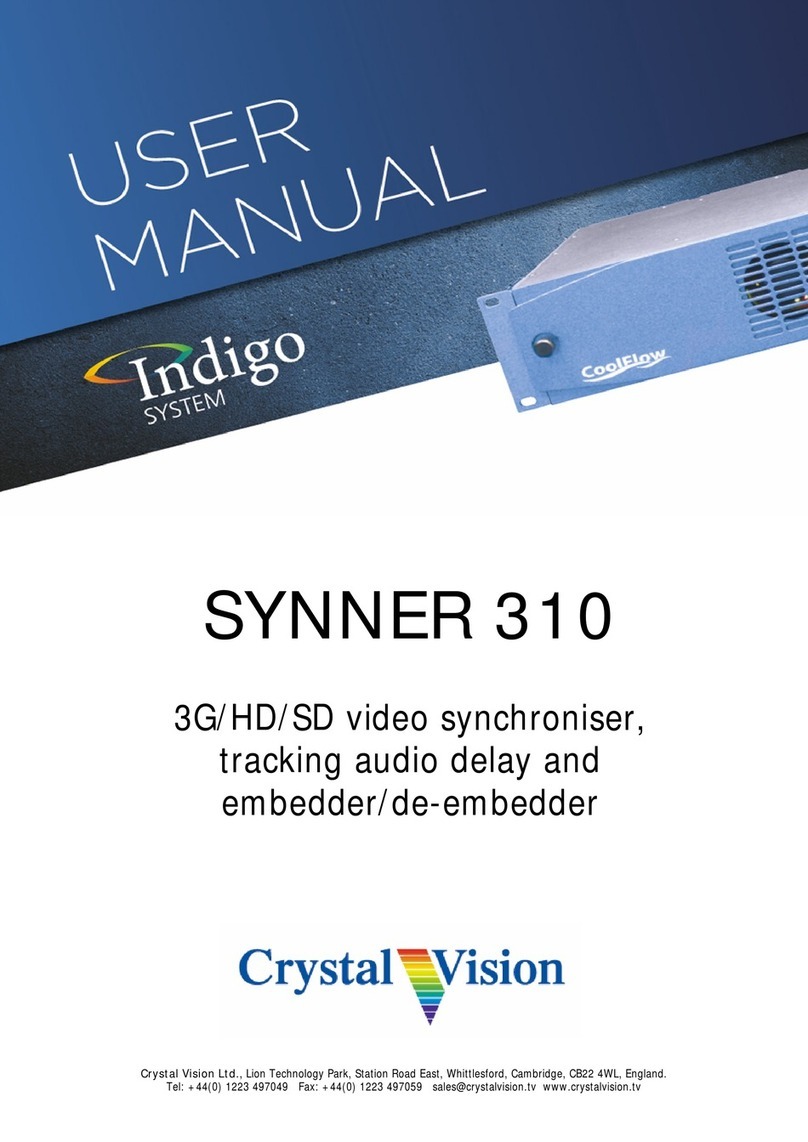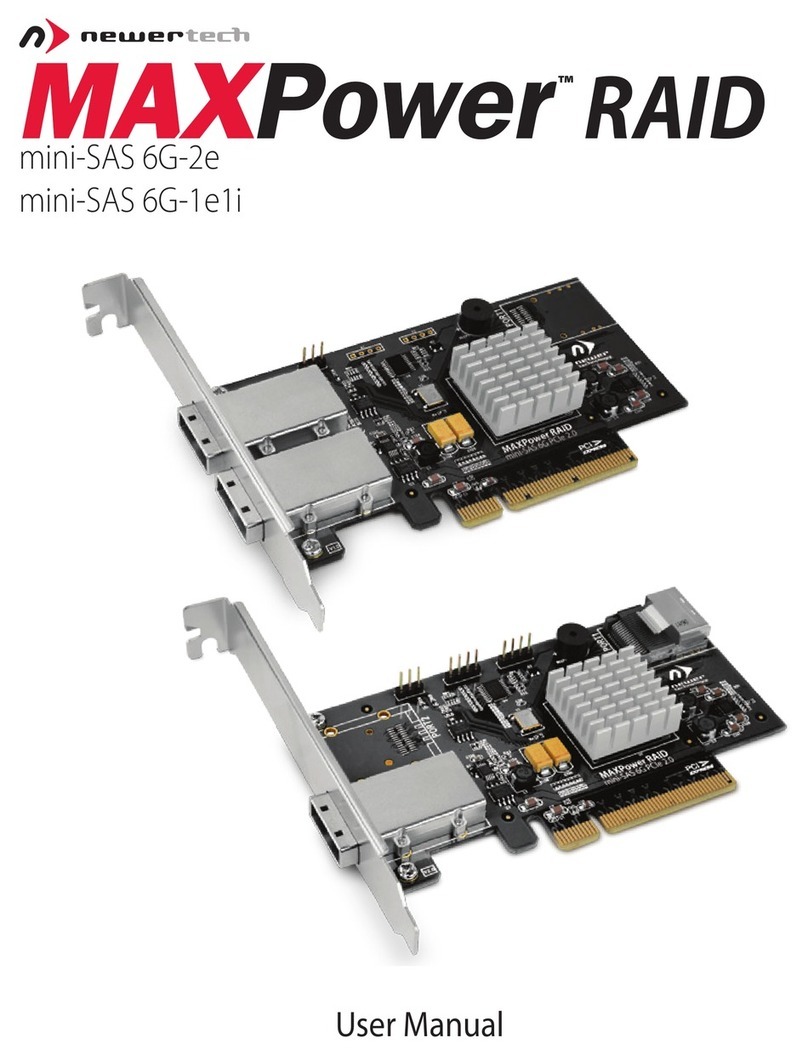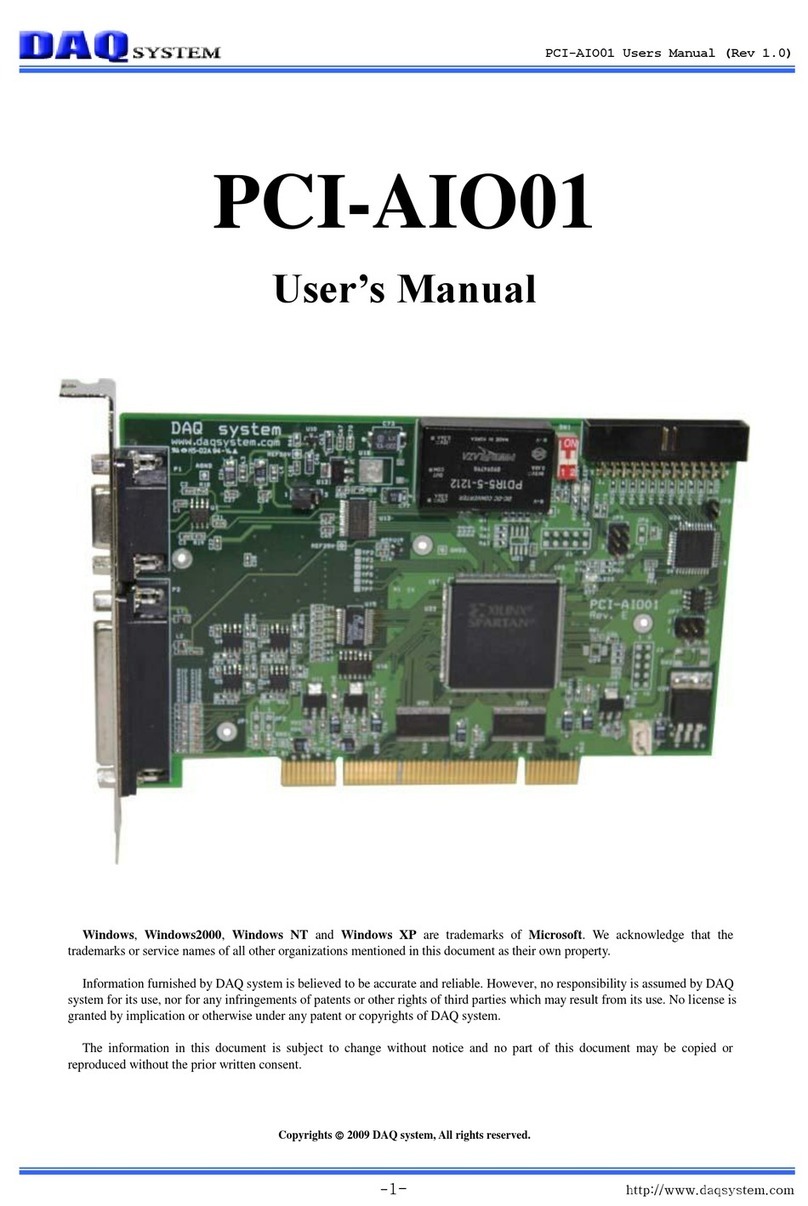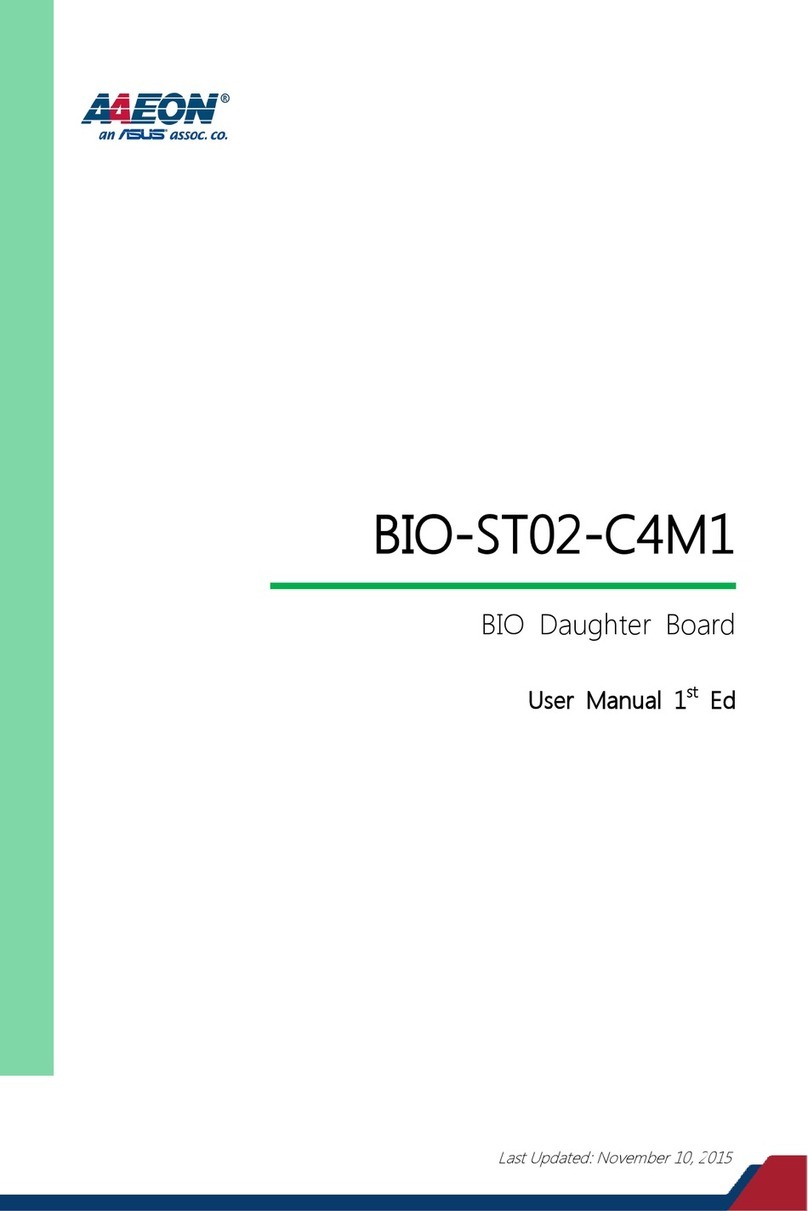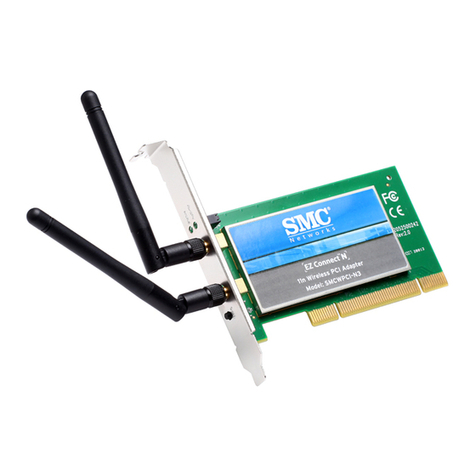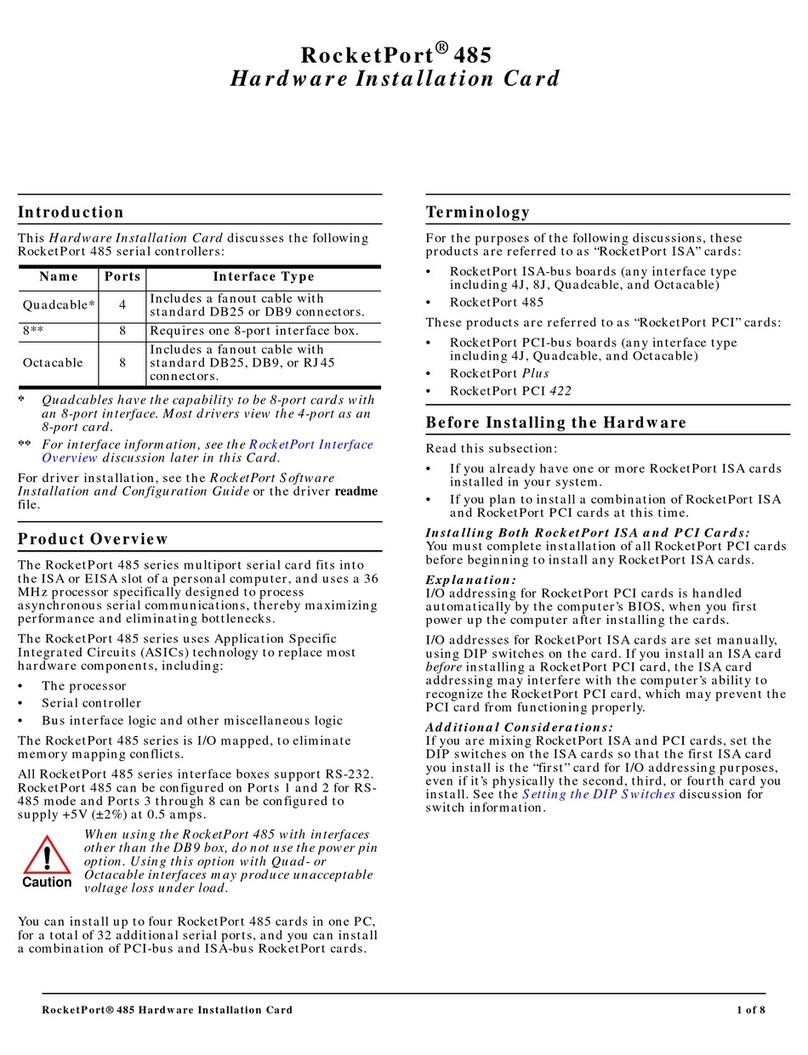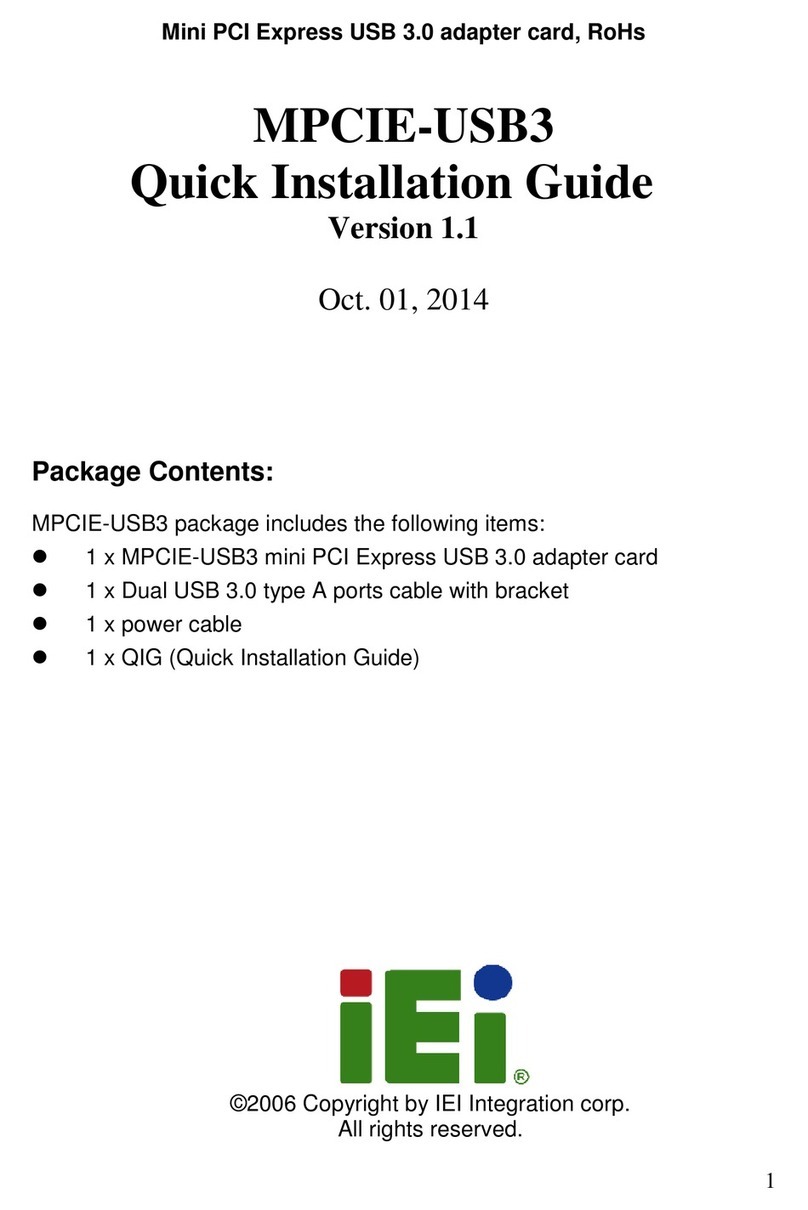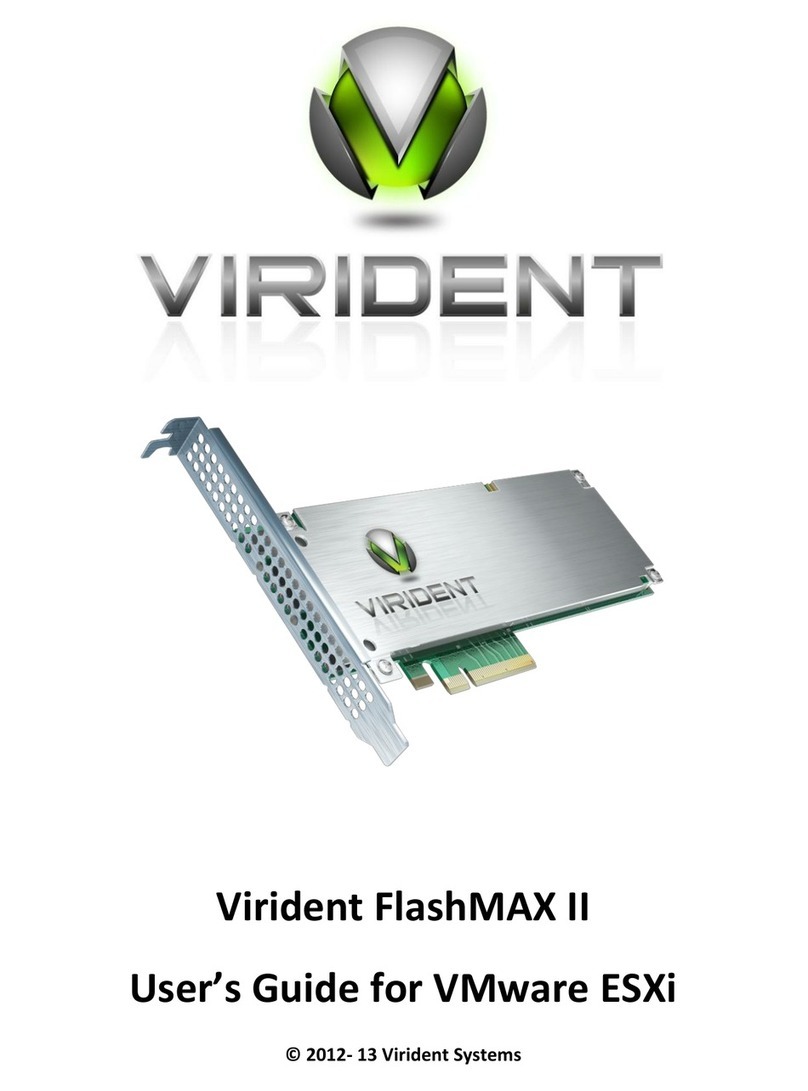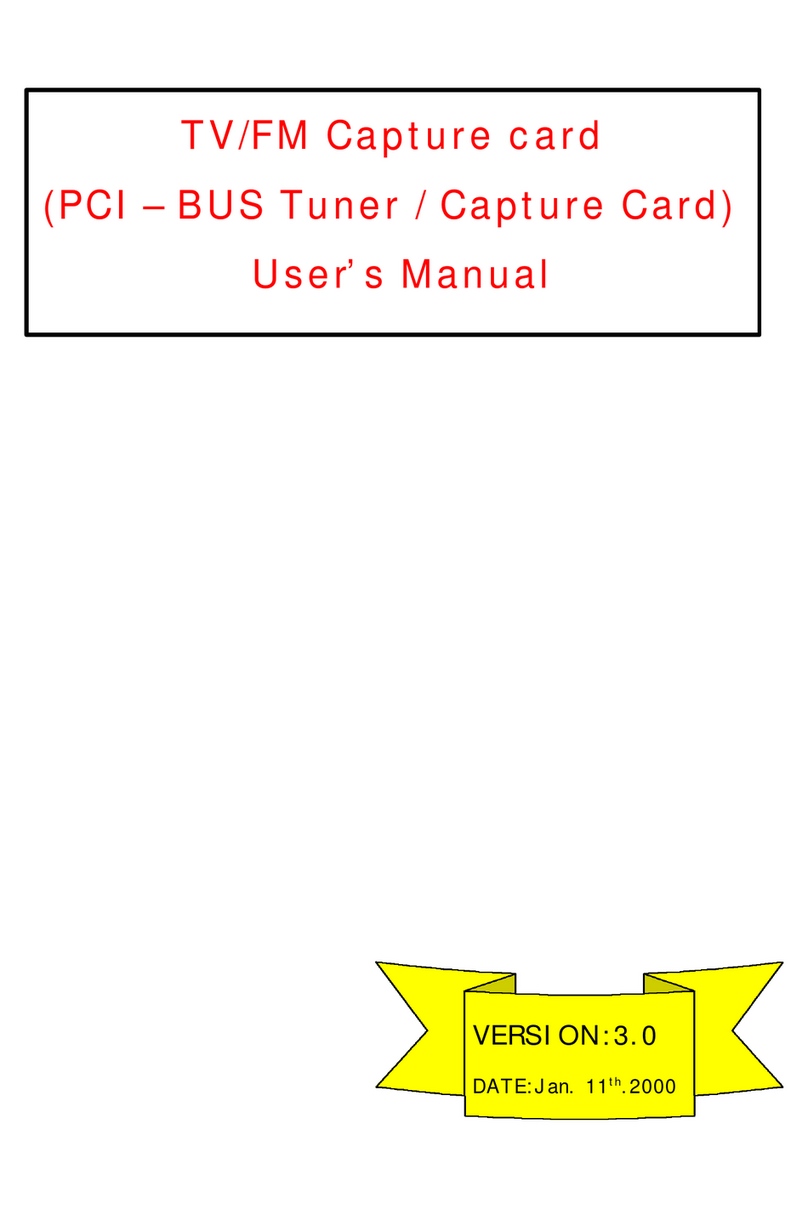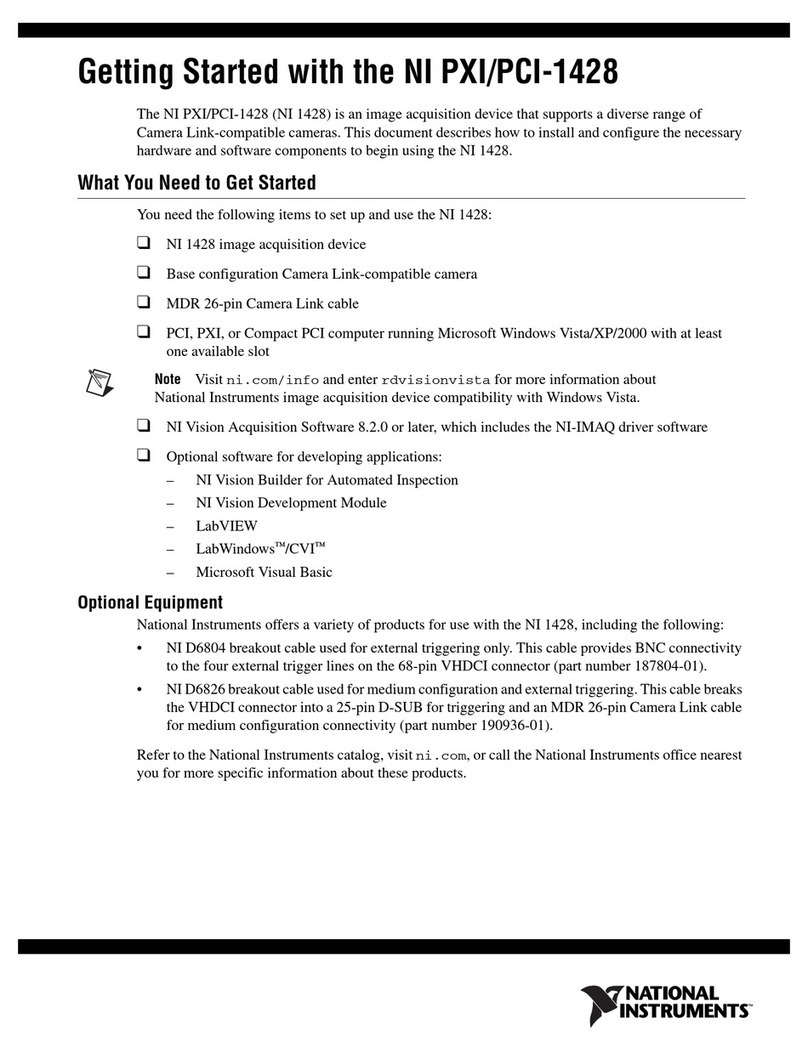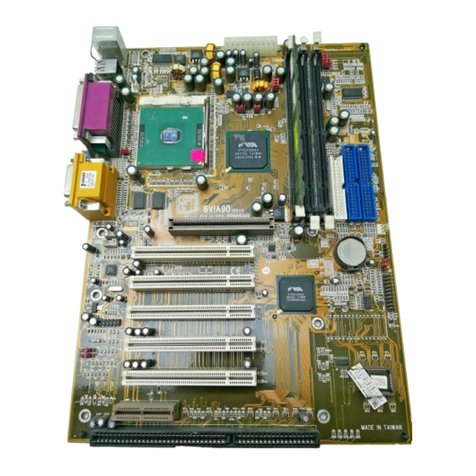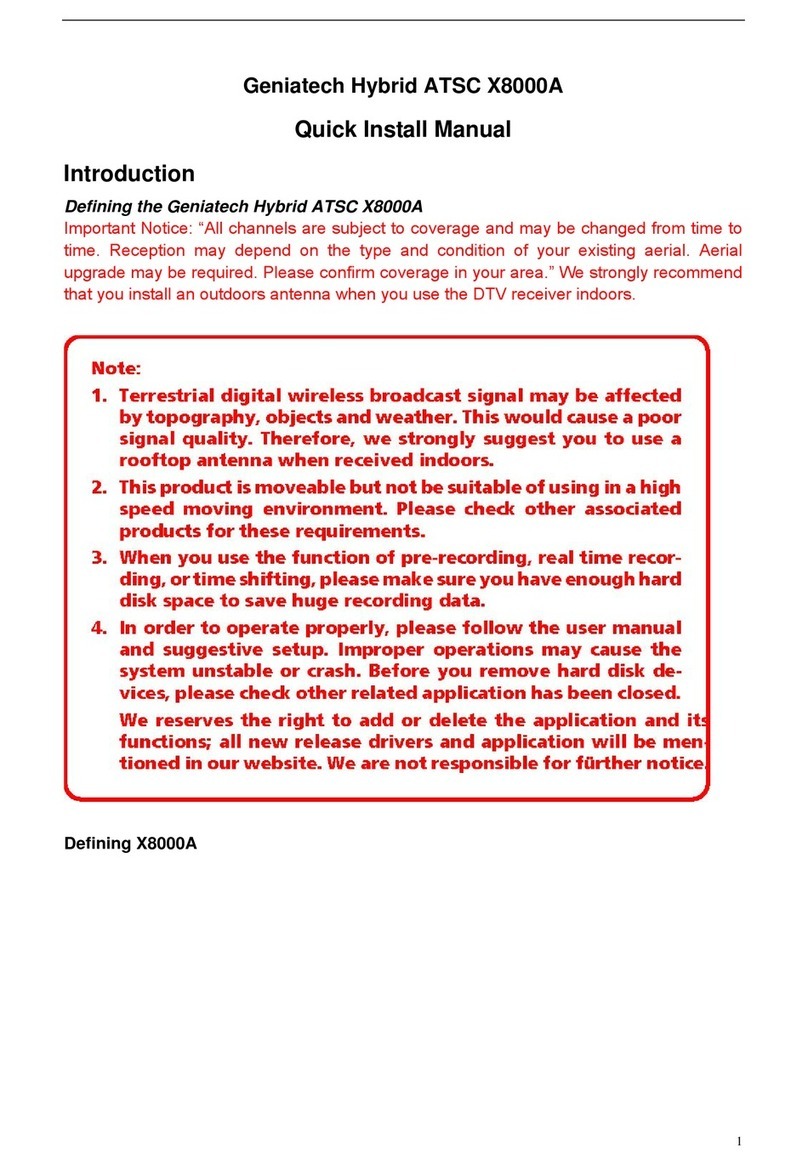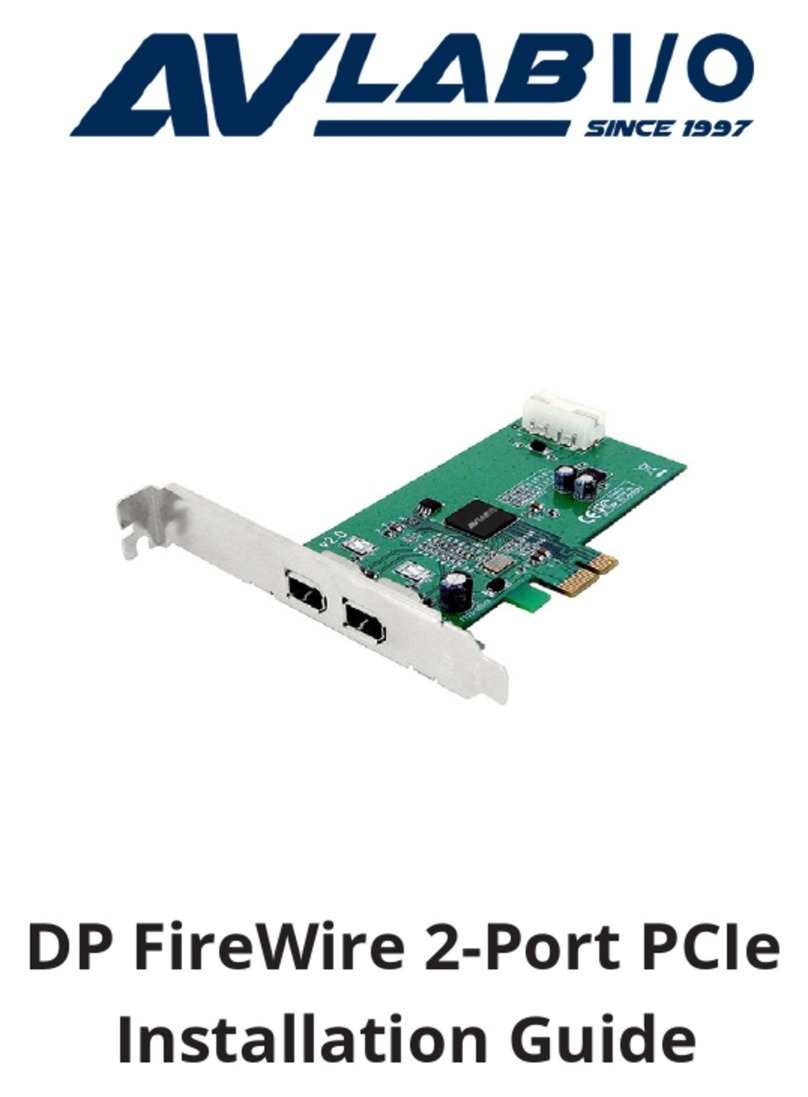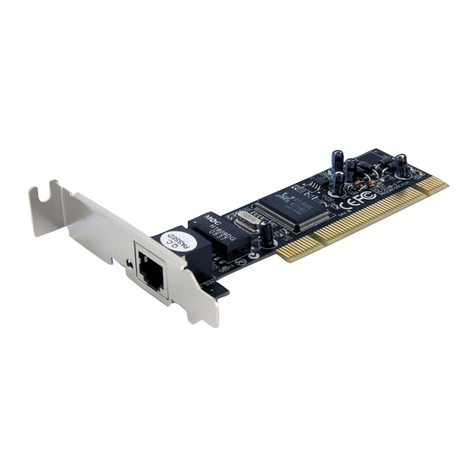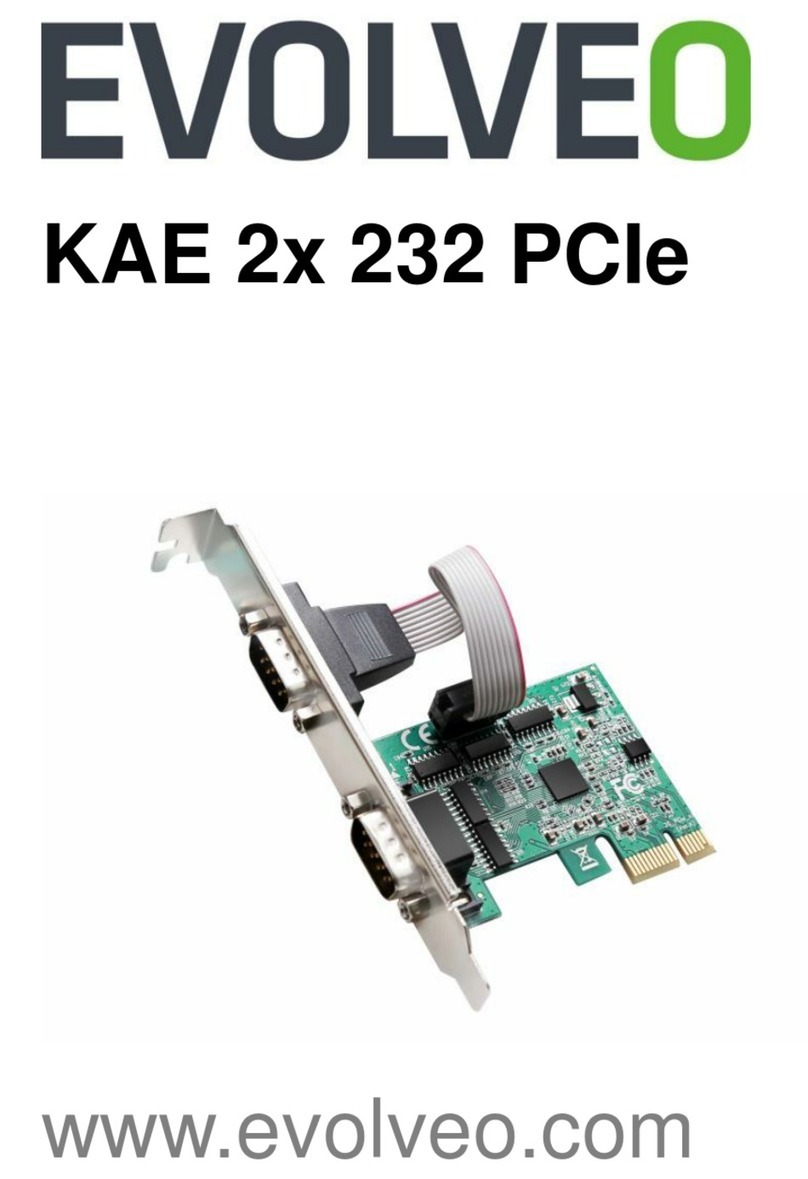
Crystal Vision Introduction
1 Introduction
TANDEM10-VF provides a versatile solution for audio embedding and de-embedding for use
with Vision rack frames from Crystal Vision. It has a single SDI video path with a de-
embedder and an embedder which allow the extraction and insertion of up to 16 channels
(four groups) of audio.
Embedded audio signals can be extracted and output as analogue or AES, then resampled
and re-embedded into the video signal in the same or different channel position with user-
controlled gain and delay. Additionally, external analogue and AES audio inputs can be
embedded into the video signal in any channel position.
There are two slots for optional analogue and digital I/O piggybacks of which there are three
types: 3G-AIP2, 3G-AOP2 and DIOP4. The 3G-AIP2 piggyback has four analogue inputs; 3G-
AOP2 has four analogue outputs; DIOP4 has four stereo AES pairs – each pair can be
individually configured as an input or output. Any type of piggyback can be fitted into any of
the two slots to provide the desired mixture of analogue and AES, inputs and outputs.
The main features are as follows:
Use with any source:works with 3Gb/s, HD and SD.
Supports the following video standards: 625, 525, 720p50, 720p59.94, 1080i50,
1080i59.94, 1080p50, 1080p59.94, 1080psf23.98, 1080psf24.
Versatile audio: will de-embed and embed up to four audio groups and input or
output up to eight external AES stereo pairs or four analogue stereo pairs which can
be fully shuffled with the powerful 32 x 16 audio routers.
Optimise the video: video proc-amp allows adjustment of lift and gain in RGB and
YUV domain. TANDEM10-VF features a switchable 0-10 frame video delay – useful
for matching Dolby E or other audio processing delays.
Optimise the audio: each channel has individual gain control and stereo to mono
conversion. The audio level can be increased or decreased to match the rest of the
system: each mono audio channel offers individual gain control, adjustable between
+18dB and -18dB in 0.1dB steps. Audio channels can be muted and stereo pairs
converted to mono. PCM Audio channels can be delayed with respect to the video by
a fixed amount of up to 400mS.
Control of TANDEM10-VF is most easily achieved by Crystal Vision’s VisionWeb PC
software. Control can additionally be from an active front panel on the Vision frame,
remote VisionPanel or SNMP.
Optical connectivity: send signals beyond the local equipment bay with the fibre
input and output options.
VANC blanking option.
Supports the following Vision Rear Modules: VR02, VR12 and VR13.
Compatible with ‘Vision’ frames from Crystal Vision.
Passes all timecode, AFD and subtitling information.
TANDEM10-VF User Manual R1.0 326 June 2017



















